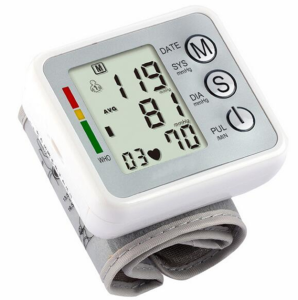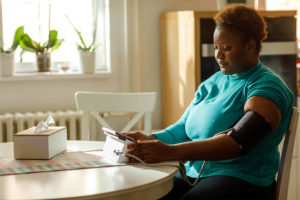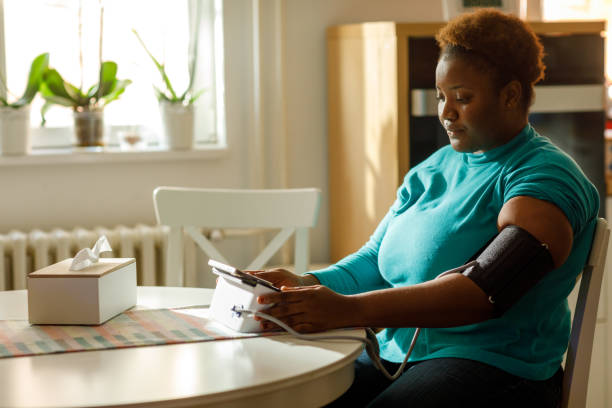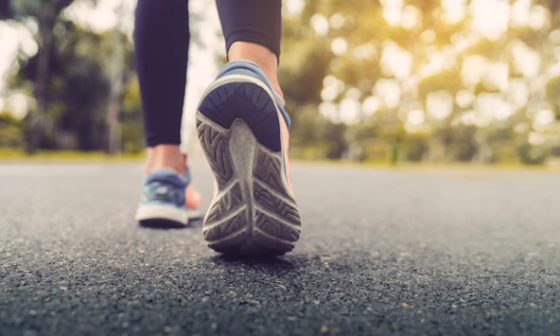Introduction
At-home blood pressure monitoring is a crucial component of controlling hypertension and maintaining general cardiovascular health. With the help of a home blood pressure monitor, you and your healthcare practitioner may easily keep track of your readings and decide on a course of treatment.
However, we recognize that proper usage of the blood pressure monitor is essential for reliable findings that can be correlated to your healthcare provider. In this article, we will take you through the correct procedures for at-home blood pressure monitors to ensure you obtain the most accurate readings.

Credit: GZ Industrial Supplies
Blood Pressure Monitor Types

Credit: iStock
Before learning how to use a monitor, it’s critical to comprehend the available several kinds:
- Upper arm monitors: For usage at home, these are the most accurate and frequently suggested. The cuff, which can be either manual or computerized, is wrapped around your upper arm.
- Wrist monitors: are more compact and portable than upper-arm monitors, however, they may not be as precise if not positioned properly.
- Finger monitors: The least accurate are finger monitors, which are usually not advised for routine monitoring.
Step-By-Step Guide For Using a Blood Pressure Monitor

Credit: Alaska Health Fair
- Get yourself and the surroundings ready: Being in the proper physical and mental state is essential for accurate blood pressure measurements. Take five minutes of rest before starting your reading. Refrain from smoking, drinking, or eating during blood pressure measurement. If you have just finished eating, wait at least half an hour before starting your reading.
Locate a peaceful, comfortable spot, make sure the surroundings are quiet, and take a seat in a chair that supports your back. Refrain from starting your reading right after rushing or strolling.
- Properly align your body: For a blood pressure reading to be precise, body posture is crucial. To prevent raising your reading, sit with your feet flat on the floor and keep your legs uncrossed. Place your elbow at heart level by resting your arm on a level surface, like a table. Make sure the arm cuff is on your bare skin, not over clothing if you’re using an upper arm monitor. It ought to be around an inch above your elbow’s bend.
- Apply the cuff correctly: The proper placement of the cuff on your arm/wrist is essential for precise measurements. The cuff should fit comfortably without being overly tight (one or two fingers must fit nicely under the cuff).
For arm monitors place the cuff on the inside of your arm so that the tubing lines up with your artery. There are markings on some cuffs that show where the tubing should go.
- Take the reading: It’s time to take the reading now that you’re seated and the cuff is positioned correctly. Press the start button on your blood pressure monitor to turn it on. The majority of digital monitors will assess your blood pressure and automatically inflate the cuff.
Do note that throughout the measurement, keep your composure, refrain from speaking, and stay motionless. The accuracy of the reading may be impacted by conversation or movement.
- Note your readings: The systolic (numerator) and diastolic (denominator) values are typically shown on monitors in Millimetre of Mercury(mmHg). Additionally, most monitors show your heart rate in beats per minute. If the device has a memory feature store your record there, or write down the numbers.
- To ensure consistency, repeat: To ensure accuracy with minimal errors, it’s best to take two or three readings, separated by one to two minutes.
For hypertension, it is generally advised to take readings before breakfast before taking any medications in the morning, and before dinner or at least 30 minutes after any physical activity in the evening. Nevertheless, you should always heed your healthcare provider’s advice regarding how often you should take your blood pressure.
The Importance of Home Blood Pressure Monitoring
For those who have been diagnosed with high blood pressure (hypertension) or are at risk of getting it, home blood pressure monitoring is especially helpful.
The benefits of at-home accurate blood pressure measurements include:
- Up-to-date health information: Frequent monitoring gives you information about how effectively your lifestyle modification and treatment strategy is functioning.
- Confirm white coat hypertension: Some persons have normal blood pressure readings at home but increased blood pressure in clinical settings. If this is the case, home surveillance can help verify it.
- Preventative proactive control of your health: Recurringly elevated readings at home may indicate that you need medical help, enabling you to modify your medication or lifestyle sooner.
Summary
A straightforward but incredibly efficient method of controlling and monitoring your blood pressure is to use a blood pressure monitor at home. You can obtain accurate blood pressure readings that will assist you and your healthcare provider in making well-informed decisions regarding your health by making sure that your cuff is positioned correctly, that your body posture is consistent, and that you test your blood pressure consistently.
WellaHealth remains committed to giving you the information and resources you need to take control of your health. A vital first step in controlling hypertension and preserving heart health is getting an affordable healthcare plan for you and your loved ones for as low as #2000/month. Our health plans cover doctors’ consultations, hypertension checks, and genuine drugs.
To subscribe, contact us today!
Article written by Dr. Ifeoma M. Uduh (BDS)
Edited by Dr. John Afam-Osemene (MBBS, DA)






